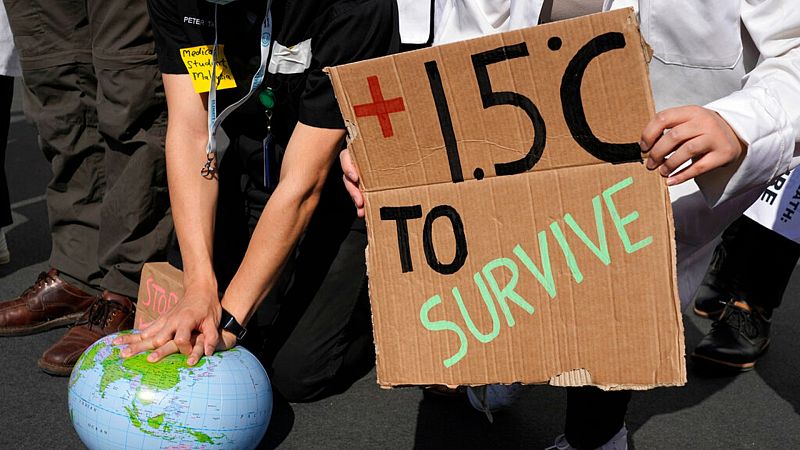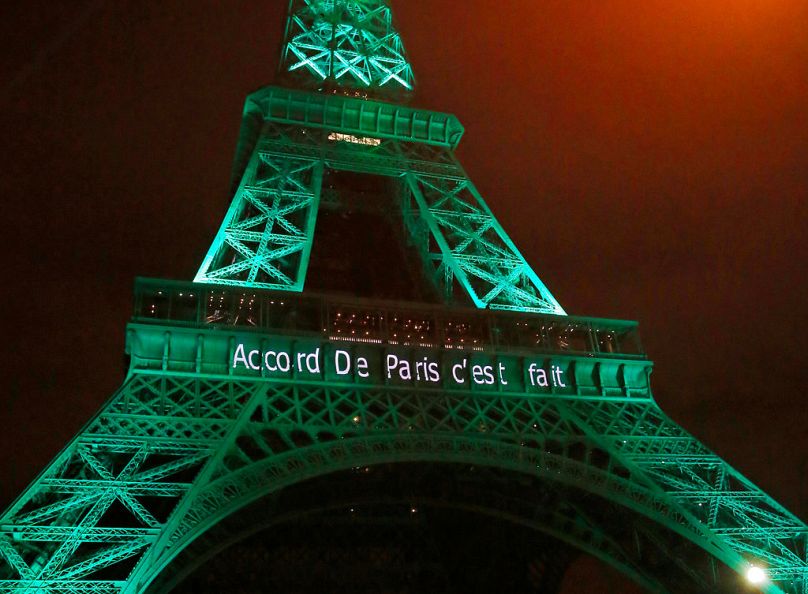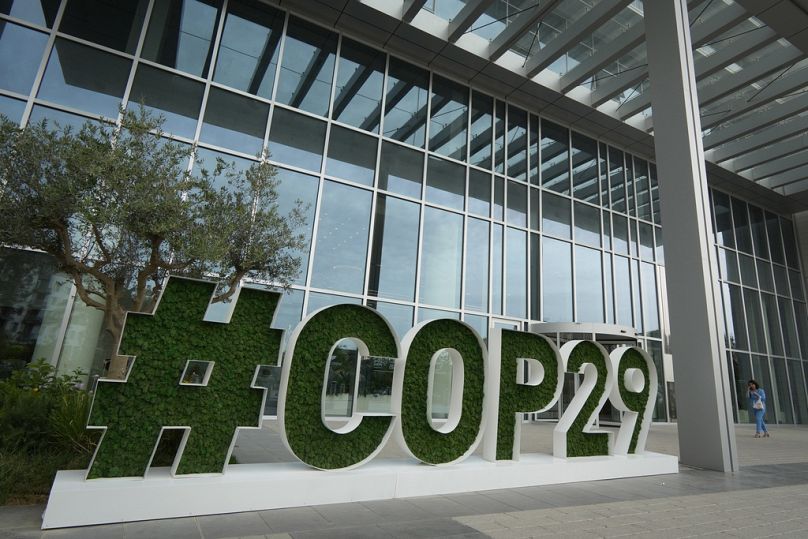COP29: What is the Paris Agreement and how will countries be held to account in Baku?

Global temperatures are rising and the devastating effects are being seen all over Europe. After the hottest summer on record, 2024 is now on track to be the warmest year since records began.
The World Meteorological Organization has said there is an 80 per cent chance the annual average global temperature will temporarily exceed 1.5°C above pre-industrial levels for at least one of the next five years.
The iconic international climate treaty - the Paris Agreement - includes a pledge to try and keep temperatures from rising by more than 1.5C above pre-industrial levels. But the UN recently warned that the world isn’t doing enough to keep warming below levels that would prevent catastrophic consequences.
So what is the Paris Agreement, what have countries done since it was signed and what does this mean for COP29?
What is the Paris Agreement?
The Paris Agreement is a legally binding international treaty on climate change. It was adopted at COP21 by 194 parties - 193 countries plus the EU - on 12 December 2015. The Paris Agreement then came into force on 4 November 2016.
The most important commitment is to try and prevent global temperatures from rising by more than 1.5C and keep them “well below” 2C above pre-industrial times.
This target was chosen because evidence suggests that breaching this limit will unleash severe climate impacts including flooding, heatwaves and severe drought.
The Paris Agreement also includes other commitments from the countries that adopted it including providing funding for poorer countries to transition their energy systems and adapt to the effects of climate change. Signatories are also aiming to reduce their emissions to net zero between 2050 and 2100.
The Paris Agreement was a landmark treaty for climate change because it was the first time all nations had come together to tackle the crisis and adapt to its effects.
What have countries done since the Paris Agreement?
As climate science develops and green tech improves, each country’s goals obviously need to be updated. The Paris Agreement therefore works on a five-year cycle which ratchets up increasingly ambitious climate action.
Countries have been submitting their national climate plans, known as nationally determined contributions (NDCs) since 2020. These outline what they will do to reduce their greenhouse gas emissions and reach the goals of the Paris Agreement. Each cycle is expected to show a higher degree of ambition than the last.
Every year countries meet at international climate talks known as the Conference of the Parties or COPs. It was at the 21st COP in Paris that the details of the Paris Agreement were hammered out. These yearly conferences now serve as a key opportunity for signatories to advance their efforts towards the goals of the agreement.
So how are countries doing on sticking to 1.5C or below? Well, not very well. Just last month the UN warned that current climate policies put the world on track for 3.1C of warming by 2100. The latest stocktake of countries' NDCs found that these national policies to cut greenhouse gas emissions fall “miles short” of what is needed to limit catastrophic warming.
The alarming news came on the same day the World Meteorological Organization announced that atmospheric concentrations of greenhouse gas emissions soared to record highs in 2023.
What does this mean for COP29?
This year’s climate talks, the 29th edition or COP29, are set to take place in Baku, Azerbaijan this November. Countries are expected to deliver on several key priorities at these talks.
This includes agreeing on a new climate finance target required under the terms of the Paris Agreement known as the new collective quantified goal (NCQG) and clearer guidance for trading international carbon credits.
Many countries may also use COP29 as an opportunity to announce their updated NDCs which are due in February 2025.
Next year’s COP in Brazil will mark 10 years since the Paris Agreement was signed and five years until the 2030 target to halve global emissions. Experts are expecting it to be a more pivotal moment for climate action because of this.
Success at COP29, however, could also mean better political conditions to achieve more next year. Ensuring that the key priorities are taken care of would mean going into COP30 in Belem with a fully operational Paris Agreement.
Today



